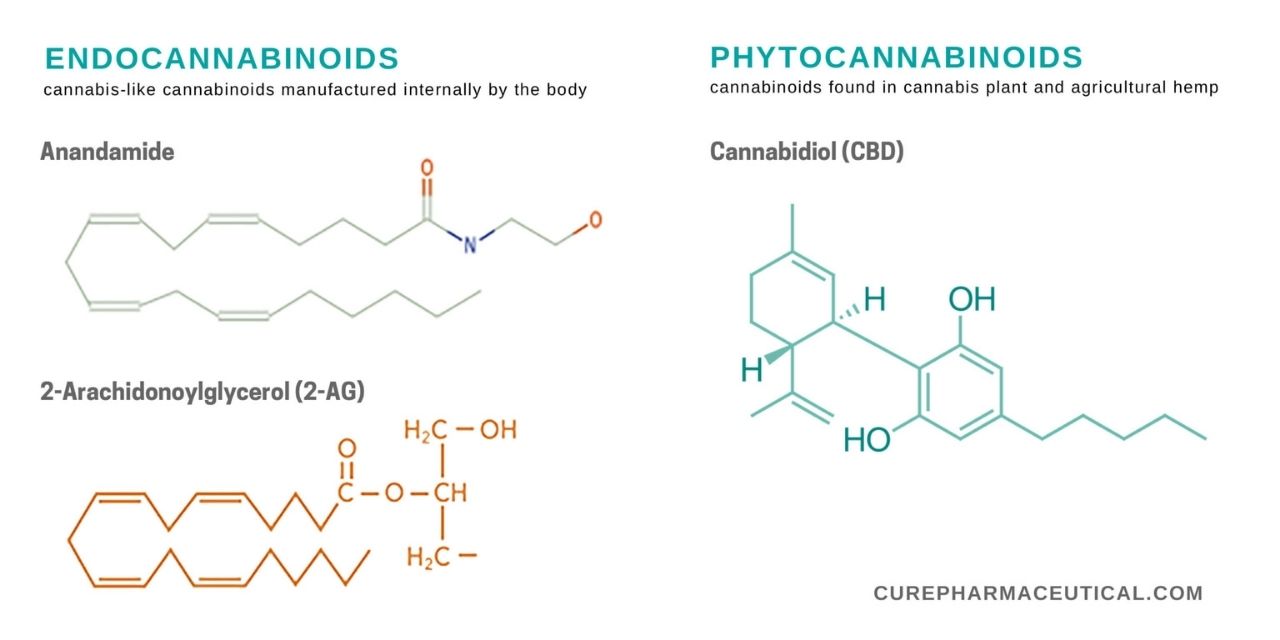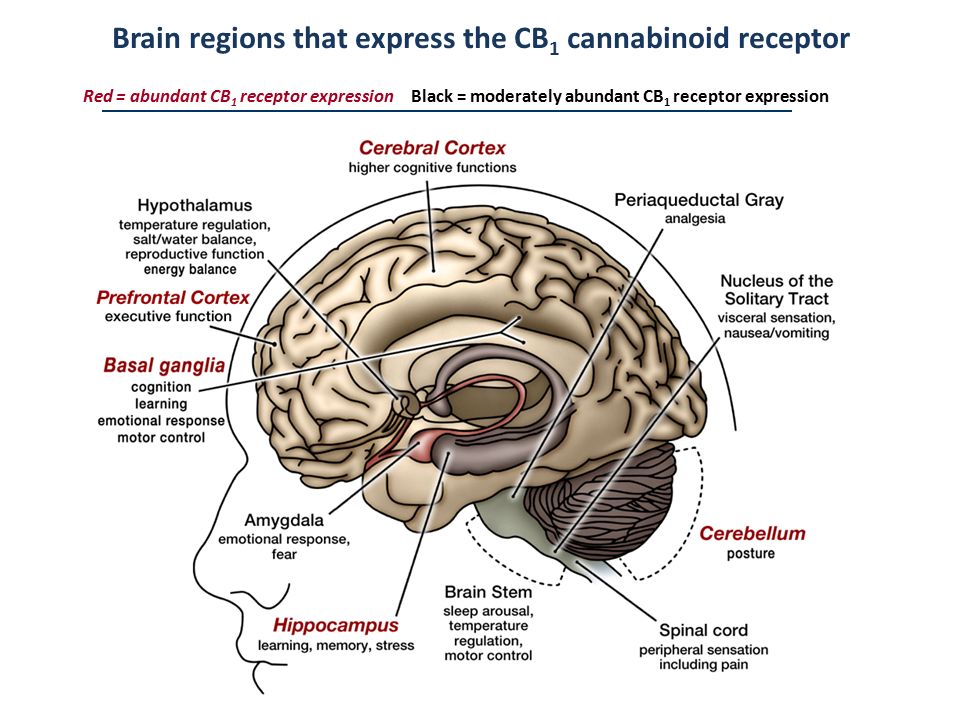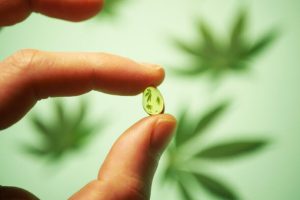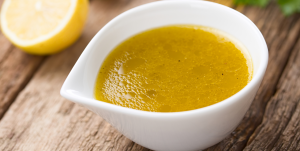You’ve heard of the circulatory system, pulmonary system, skeletal system, nervous system and digestive system, but you may not have heard of the system that regulates them all—the EndoCannabinoid System (ECS). But how come nobody’s heard of the system that controls every other major system in your body? That’s probably because it can’t be found in university medical textbooks today—despite the fact the ECS was discovered back in 1992!
Since then, we’ve discovered that all animals, from hummingbirds to puppy dogs to sea urchins, have endocannabinoid systems of their own.

The ECS began evolving in living organisms around 600 million years ago. The ECS is complex and multifaceted. So much so that it will take decades to understand it fully. Interestingly, our ECS has the capacity to interact with cannabinoids produced by plants including THC and Cannabidiol (CBD), which can help maintain balance in our bodily systems.
The ECS: a primer
Dr. Rachel M Knox, MD, MBA analogizes the ECS this way; “You can think of it as a switchboard, functioning in and across all physiological processes and organs, and acting and reacting to external and internal stimuli, to direct, correct, and overall manage your health.”
“From embryonic development to immuno-surveillance, there is not a single function in your bodies that is not somehow influenced or modulated by this system.”
Scientists researching the effects of cannabis on the human body began discovering the outlines of the ECS in the 1960s and 70s, but it wasn’t until 1992 that Raphael Mechoulam and National Institute of Mental Health (NIMH) researchers William Devane and Dr. Lumir Hanus discovered the first endocannabinoid. Since then we’ve discovered that the ECS is present throughout the entire body and influences every system, process, and organ within it.
The ECS is made up of four primary components:
1. “Endocannabinoids,” a contraction of “endogenous” and “cannabinoids” meaning cannabinoids produced in the body.
2. Ligands which produce endocannabinoids like anandamide and 2AG.
3. Receptors that the endocannabinoids bind to.
4. Enzymes. Both those that synthesize endocannabinoids on demand when needed, as well as those that break endocannabinoids down afterwards.
Put simply, the main job of the ECS is to maintain balance. This is much more important than it may sound at first. That’s because we now understand that endocannabinoid dysfunction—which leads to various long-term physiological imbalances—is the precipitate to most chronic diseases.
All About Endocannabinoids
“Endo” is short for “endogenous,” which means produced from the body. That’s right! The human body produces cannabinoids endogenously! And just as neurotransmitters like serotonin and dopamine act as the messengers of the nervous system, endocannabinoids are the messengers of the ECS.
There is a key different between the two types of messenger systems. Neurotransmitters like serotonin, dopamine, and norepinephrine are synthesized in advance, stored in vesicles, and are released from the presynaptic cell in response to stimuli. These neurotransmitters cross the synapse and land on postsynaptic cells, causing them to activate.
Endocannabinoids differ in numerous ways. First, they are manufactured on demand, not stored. Endocannabinoids are also hydrophobic, so they can’t travel far in the body. That means endocannabinoid effects are highly localized.
 The way endocannabinoids work across synapses is almost the reverse of how neurotransmitters like serotonin work. In a process called “retrograde signaling”, endocannabinoids leave from the postsynaptic cell and cross to the presynaptic cell, where there are high concentrations of axons. Axons are responsible for releasing serotonin and other “traditional” neurotransmitters. This mechanism of action allows the postsynaptic cell to regulate the flow of neurotransmitters coming from the presynaptic cell.
The way endocannabinoids work across synapses is almost the reverse of how neurotransmitters like serotonin work. In a process called “retrograde signaling”, endocannabinoids leave from the postsynaptic cell and cross to the presynaptic cell, where there are high concentrations of axons. Axons are responsible for releasing serotonin and other “traditional” neurotransmitters. This mechanism of action allows the postsynaptic cell to regulate the flow of neurotransmitters coming from the presynaptic cell.
The two principle endocannabinoids in your body are anandamide and 2-arachidonoylglycerol (2AG). Endocannabinoids are built from lipids (fats and oils), and share the same lipid-based structure of phytocannabinoids (“phyto” meaning: from plants) like CBD and THC. This is how plant derived cannabinoids like CBD and THC can interact with our endocannabinoids systems. Being fat-soluble, it’s also why CBD and THC are infused into carrier oils like MCT, coconut, olive and others.
Anandamide gets its name from the Sanskrit word for bliss: “ananda”. Anandamide, also known as the “bliss molecule,” can be found throughout the ECS and is involved with memory, pregnancy, appetite and much more. It’s also responsible for the “runner’s high” you experience after strenuous exercise. So, put those myths about endorphins to rest, anandamide is what puts the “high” in “runner’s high!”
Anandamide’s sister molecule, 2-ArachidonoylGlycerol, let’s call it “2-AG,” is no less important. This is the molecule responsible for that feeling of contentedness after an orgasm, and has been linked to emotional states, cardiovascular health, and as a protective against seizures.
Other endocannabinoids we know about include n-arachidonoyl dopamine (NADA), and virodhamine (OAE).

Next up: CBD receptors
Our CBD receptors are distributed throughout our bodies. These receptors sit on cell surfaces, waiting for specific neurotransmitters to bind with them. Depending on the type of cell receptors they are on, the effects they produce can quickly impact everything from sensation to mood, to immunity and even consciousness. The two main kinds of receptors in the endocannabinoid system are CB1 and CB2.
CB1 receptors are one of the most common receptors in the entire nervous system. These are essential for the healthy functioning of the brain.
They are found in especially high concentrations in the hypothalamus, hippocampus, and amygdala, as well as throughout the central nervous system, intestines, connective tissues, gonads, and various other glands. Depending on a receptor’s location, it may regulate your memory, mood, motor function or perception of pain. CB1 receptors are also the ones responsible for the “high” you feel from THC—those sensations and altered mental states are thanks to THC binding to CB1.
Some of the effects associated with activation of CB1 receptor include:
- Relieving depression
- Increasing myelin formation
- Lowering intestinal inflammation
- Decreasing intestinal permeability (Leaky Gut Syndrome)
- Lowering blood pressure
- Lowering anxiety
- Reducing fear and paranoia
- Increasing BDNF levels
- Increasing PPARy expression
- Reducing GPR55 signaling
- Lowering prolactin
CB2 receptors are primarily associated with your immune system and occur most commonly in the spleen, tonsils, thymus; immune cells such as mast cells, monocytes, macrophages; B and T cells, and microglia. There, they help to regulate our immune system response to pathogens and our inflammatory response. For those using CBD or THC to treat the symptoms of a condition related to an overactive immune system, think asthma, arthritis, autoimmune disorders, allergies, inflammatory bowel disease and others; the receptor involved in dialing those symptoms down is CB2.
CB2 receptor dysfunction is synonymous with virtually every type of human disease; be it gastrointestinal, neurodegenerative, cardiovascular, psychiatric or autoimmune. CB2 receptors are also involved in liver and kidney function, bone and skin health, cancer, and even pain-related illnesses.
Enzymes: Making endocannabinoids on demand and breaking them down afterwards
Your body produces enzymes galore. Among the jobs enzymes do, some include controlling when and where endocannabinoids are produced, as well as how soon they get retired. These enzymes go to work on demand, producing endocannabinoids as soon as your body puts out the signal. Once endocannabinoids have done their job, other enzymes sequester them or break them down. Since fatty acids are the building blocks for endocannabinoids, increasing your dietary intake of essential fatty acids and omga-3s can help your body produce them more easily.
CBD, keeping the ECS in balance
Since the discovery of the ECS in the 90s, thousands of studies have been launched so that we may begin to understand it. But the sheer size and complexity of the system means that, despite all the research, progress is slow. In addition, there are over 100 different varieties of phytocannabinoids — including CBD, THC, THCa, THCv, CBDa, CBN, CBG… and each one can interact somewhat differently with the CB receptors in your body.
One thing we’re learning is that the ECS can be thrown out of balance quite easily. An inflammatory diet, exposure to pollutants, and other stressors can make maintaining that balance a struggle. Fortunately, CBD can stimulate the ECS to promote homeostasis—an internal state of balance in which all physiological systems function optimally.
Endocannabinoids like 2-AG and phytocannabinoids like THC will bind to both CB1 and CB2 receptors, but the same isn’t true for CBD. CBD’s mechanism of action is quite different. Rather than binding directly to CB1 or CB2 receptors, it acts indirectly by modifying a receptor’s ability to bind with cannabinoids.
CBD also plays a broader role in the ECS. It can increase your natural levels of endocannabinoids and influence other types of receptors like TRPV-1, which are involved in regulating pain, inflammation and body temperature. CBD also inhibits Fatty Acid Amide Hydrolase. This action makes it possible to create more “bliss molecules,” resulting in more feelings of happiness and motivation.
Much more research into CBD, cannabinoids and the ECS is needed before we can use CBD with the precision and efficacy that modern medicine demands. Finding the right dosage for particular conditions is still a challenge. Nonetheless, CBD and cannabis medicines are showing themselves to be effective aids for a variety of conditions.
But beyond using cannabis medicine to promote homeostasis, there are other things you can do to help keep your body functioning optimally. Eat healthy foods and try to reduce your intake of inflammatory agents. This will boost your body’s natural production of endocannabinoids. Try to live clean, avoid pollution. Exercise and stretch often; exercise promotes health and reduces stress! Lastly, remember to smile and hug more, this is especially good for mind, soul and body.
More articles on CBD Oil Direct

From Mouse to Marathon: Can CBD Support Endurance Through the Gut?
Gut health has become a growing focus in the wellness world, and for good reason. The gut microbiome affects digestion, immunity, and even
read more
Microdosing CBD: Why Less is More
Many assume that more CBD means better results, but that’s not always true. Instead, taking smaller doses more frequently may be a smarter
read more
Sleep Naturally: How CBD, CBG, and CBN Can Enhance Your Rest
Quality sleep is essential, yet modern lifestyles often leave us restless. With rising stress levels and digital distractions, many are turning to natural
read more
CBD Oil Salad Dressing: Full Recipe
Adding CBD oil to your salad dressing is a great way to incorporate its benefits into your diet. This recipe is not only
read more
CBD and Cancer Treatment: Myths and Facts
Cancer is a formidable opponent, and traditional treatments like chemotherapy and radiation often bring severe side effects. In the search for relief, many
read more
CBD Routine for Optimal Health
So, Curious about incorporating CBD into your daily life? With its growing popularity and myriad health benefits, CBD can be a great addition
read more
Information Sources:
Dr. Rachel Knox, https://www.youtube.com/watch?reload=9&v=oJbOQ9P2NYQ&t=678s
https://pubmed.ncbi.nlm.nih.gov/21964469/
https://pubmed.ncbi.nlm.nih.gov/21480865/
https://jpet.aspetjournals.org/content/335/1/92.full
https://www.ncbi.nlm.nih.gov/pmc/articles/PMC1575049/
https://www.ncbi.nlm.nih.gov/pmc/articles/PMC3817535/
https://pubmed.ncbi.nlm.nih.gov/21501147/
https://www.ncbi.nlm.nih.gov/pmc/articles/PMC3499879/
https://pubmed.ncbi.nlm.nih.gov/10803576/
https://www.ncbi.nlm.nih.gov/pmc/articles/PMC4624216/
Other resources:
Canada’s Dani Gordon specializes in Cannabis medicine. Her YouTube channel is highly informative for those seeking education about the benefits of CBD oil in Canada.

